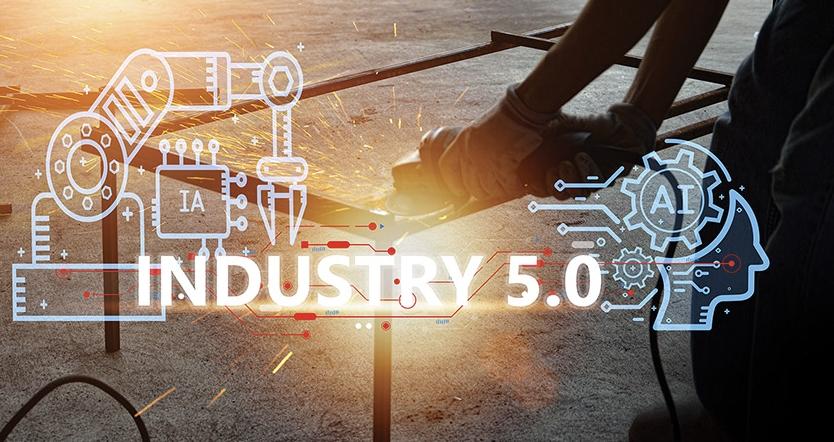In the race to modernize manufacturing through automation, U.S. small and medium enterprises (SMEs) are lagging behind their Asian and European counterparts. While businesses abroad have embraced automation, boosting efficiency and product quality, U.S. SMEs have been more cautious, potentially compromising their competitive edge.
As the dawn of Industry 5.0 approaches, it’s crucial for U.S. policymakers to foster an environment that encourages these enterprises to invest in and adopt automation technologies.
Understanding Industry 5.0
Industry 5.0 goes beyond the automation-centric Industry 4.0 to refocus on the synergy between man and machine. This new phase emphasizes resilience, sustainability, and human-centricity, intending to harmonize advanced technologies like AI and robotics with human ingenuity. As per the Association for Advancing Automation, Industry 5.0 is not just about robots but “highly skilled people and robots working side-by-side.” U.S. companies must embrace automation now to seamlessly integrate into this collaborative future.
Current State of U.S. Manufacturing
Historically, U.S. SMEs have been innovation frontrunners, swiftly adopting new technologies. However, in recent times, they’ve fallen into a cycle where limited resources hinder R&D, making it tough to keep up with technological advancements. This delay in embracing modern tech could disrupt their pricing strategies and cost efficiencies, potentially making them targets for acquisition by capital-rich entities.
Global Commitment to Automation
Globally, there’s a visible commitment to automating manufacturing. Asia, for example, has countries like South Korea, Singapore, and Japan leading in robotics density, as reported by the International Federation of Robotics. These countries have invested heavily in aiding SMEs to adopt new technologies, such as South Korea’s $4.8 billion Digital New Deal. Similarly, European countries like Germany and Sweden are actively supporting their SMEs in automation and digitization, with initiatives like Germany’s Mittelstand 4.0 centers.
The Need for Supportive U.S. Policies
In contrast, U.S. legislation like the CHIPS Act and the Build America, Buy America Act offers little direct aid to SMEs. A unified policy that facilitates innovation and technology adoption at the SME level is urgently needed. Such a policy should provide capital access, educational resources, and value chain integration. The World Economic Forum highlights financial hurdles, lack of government support, and absence of industry standards as significant barriers to SMEs’ technological advancement.
The Upsides of Embracing Automation
Automation should not be viewed as a cost but as an investment with numerous benefits, including heightened efficiency and safety, consistent quality, and competitive strength. Despite fears of job loss, studies by McKinsey and others have shown that technological advancements can lead to job creation, particularly higher-skill roles. Upskilling the workforce becomes a path to harness the power of automation fully.
To keep up with international competition and prepare for Industry 5.0, SMEs businesses must adopt automation. This requires supportive policies and a commitment to innovation, upskilling, and strategic investment. Without this, the U.S. manufacturing sector might struggle to maintain its historical position as a global leader in innovation and productivity.



